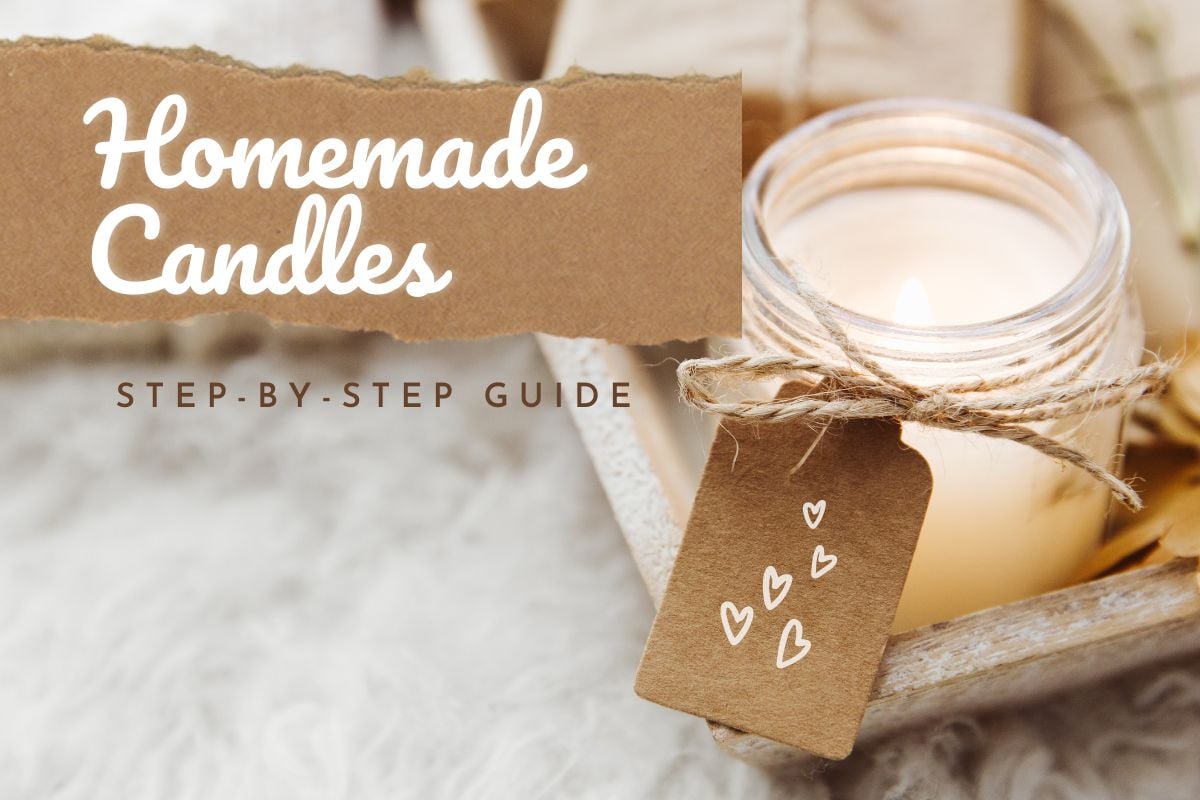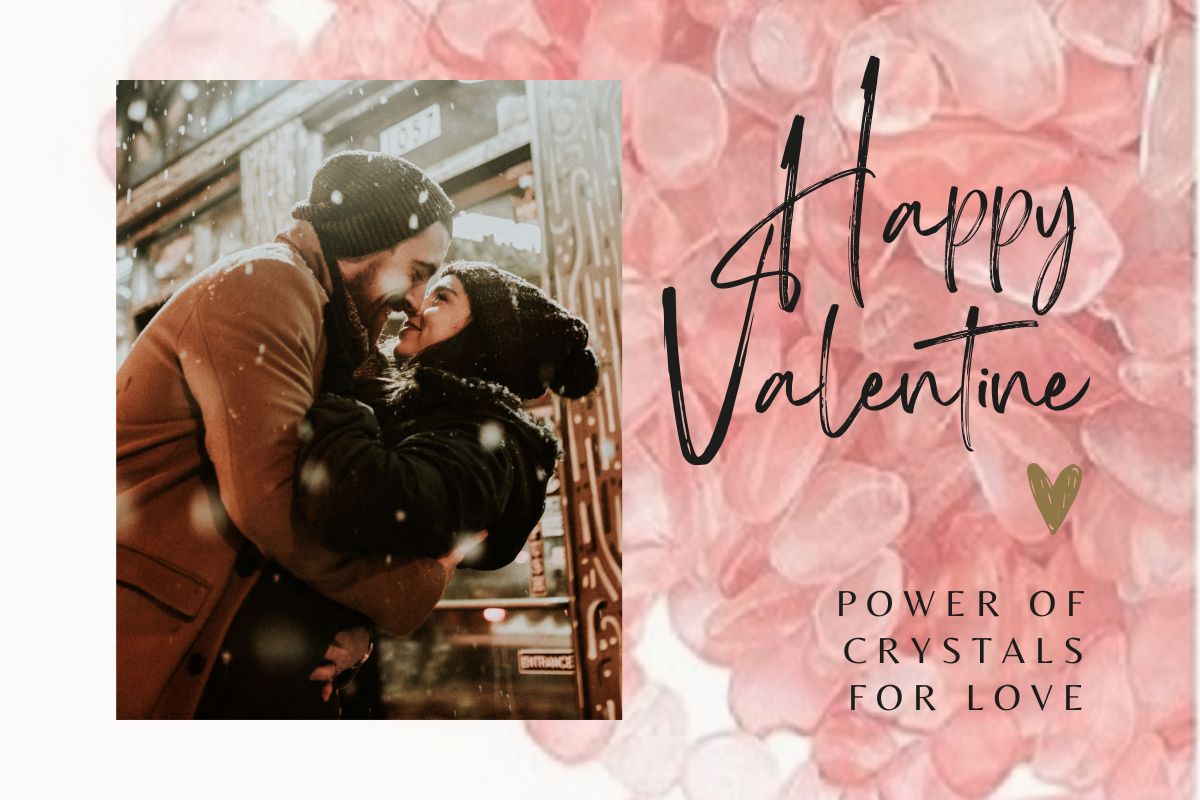Ruby is a sought-after gemstone that commands one of the highest per-carat rates in the world. It is a variety of corundum. There are many known varieties of ruby across the globe, including flux-grown, Verneuil, and so on. Rubies also come in all sorts of sizes, from red rubies to rubies with pinkish tints, to dark red. Some rubies also present a deep red hue that makes them appear almost brown.
Table of Contents
Where are Rubies gemstone found?

Ruby is the most iconic red precious gemstone.
Ruby is found throughout the world, but the quantity that is mined annually continues to justify its high per-carat price. Ruby is mined in Myanmar in Mogok, Möng Hsu, and Nanyazeik. Rubies are also found in Sri Lanka’s gem gravels, as well as in Thailand and Cambodia. Other sources of high-quality stones are Madagascar, Kenya, Tanzania, Mozambique, Afghanistan, Nepal, and Vietnam.
What are the typical inclusions in rubies?
Like other genuine gemstones, rubies also commonly exhibit imperfections or inclusions. The most common compositions are discoid fractures that contain elements like zircon, elongated internal crystal formations that include geological formations like apatite.
In some instances, you may also see multi-directional inclusions that involve one or more elements. Heated rubies show fewer inclusions and imperfections and therefore produce more value for the market.
In some instances, rubies can also show jagged, two-phased fingerprint inclusions. Uncut and unpolished stones may also show “clouds” or groups of needles moving in different directions. These needles affect the asterism in different kinds of rubies. There are also some instances when fully-formed crystals are found within rubies. These inclusions are fully visible, but they are quite small compared to the larger ruby.
Types of Ruby Gemstone
• Burmese/Myanmar Ruby – Burmese rubies command the highest prices per carat on the market because of their high quality and their natural color depth that are matched by few other types of rubies from other countries. Burmese rubies have natural smudges or imperfections on them, so a visual inspection of any ruby can help you determine if you are holding a Burmese ruby or not.
• African Ruby – African rubies are called ruby stones. These rubies can have either a deep reddish tint or a violet tint. African ruby stones are cut in a variety of ways, and some of them are cut nearly to perfection, increasing their market value significantly.
• Thai Ruby – Rubies mined in Thailand occupy the second tier in terms of quality, in contrast with the standard in rubies – the Burmese ruby. Thai rubies are darker in color than the rest because of the mixing of the elements chromium and iron. Both have reddish hues, and both contribute to the significantly deepened colors of Thai rubies.
• Tanzania Ruby – Tanzania rubies are mined from Songea. What’s unique for Tanzania rubies is its physical similarity to hessonite. Hessonite is less expensive than rubies and must not be mistaken for the precious stone.
What is interesting about Tanzanian rubies is their color tends to diminish with the scale of the ruby. The larger a Tanzanian ruby, the less depth of color it will have. The smaller it is, the more color there is to be appreciated. Therefore, the value of Tanzanian rubies increases as they are cut and polished into smaller and smaller sizes.
Despite the increase in value as the size of the gemstone decreases, Tanzanian rubies fetch lower prices compared to Thai rubies and Burmese rubies.
• Madagascar Ruby – The Madagascar ruby is a newcomer in the ruby market, but it is already making waves with the jewelry market. Madagascar rubies are the third most expensive type of ruby globally. There are three color classes for Madagascar rubies: red, orange, and the more translucent natural red associated with other ruby types.
• Afghanistan Ruby – Afghanistan rubies are mined in two regions in Afghanistan: Jagdalek and Badakshan. Afghanistan rubies occupy extreme poles in the color spectrum. Some rubies have a very faded color, while others have a naturally deep color that the jewelry market just adores.
How Much Are They Worth?
The cost of rubies depends on their origin, mostly.
Unheated pigeon blood Burmese rubies cost $15,000 to $25,000 per carat (1.0-2.0 carats), $25,000 to $50,000 per carat (2.0-3.0 carats) or $100,000+ when the weight of the ruby is 5.0+.
Red unheated Burmese rubies cost $8,000-$10,000 (1.0-2.0 carat rubies), $10,000 to $25,000 for 2.0-3.0 carat pieces, and $80,000 for 5.0+ carat rubies.
Vivid red Mozambique unheated rubies are cheaper at $7,000-$15,000 per carat for 1.0-2.0 carat rubies.
And finally the least expensive of them all (though the price is still considerable) are pinkish red unheated Burmese rubies that still fetch $3,000 to $12,000 per carat for 1.0-2.0 carat pieces.
Do you know if ruby is the most valuable gemstone? Click to know more.
Taking Care of Rubies

Ruby ring is considered a luxury piece of jewelry.
1. Fortunately, rubies are very hard and will not scratch easily, like diamonds. This gemstone registers a nine on the Mohs scale and is durable. Rubies may be set in jewelry like earrings, engagements rings, etc. Rubies do not cleave, but it would be best to avoid dropping it not to chip your ruby jewelry.
2. Rubies that are leased-filled are more fragile and must be handled with additional care.
3. Rubies may not be exposed directly to the jeweler’s torch, but it can withstand some increase in temperature before showing signs of wear. Rubies with lead glass may not be revealed to any source of heat, including the jeweler’s torch.
4. Rubies are resistant to most chemicals, except rubies that are lead-filled. Rubies with surface fillings must not be exposed to chemicals, especially those that are used by jewelers.
5. Rubies can be safely cleaned with ultrasonic cleaners, but care must be practiced when using machines with your ruby jewelry. Prolonged exposure to ultrasonic cleaners may inadvertently cause damage to lead-filled rubies and those with superficial fractures.
6. The safer way to clean ruby jewelry is with steam, and by using mild jewelry cleaning solutions. As always, only use the right type of cleaning method for your jewelry to avoid problems with precious stones.
RELATED ARTICLE: What Does a Ruby Symbolize?



